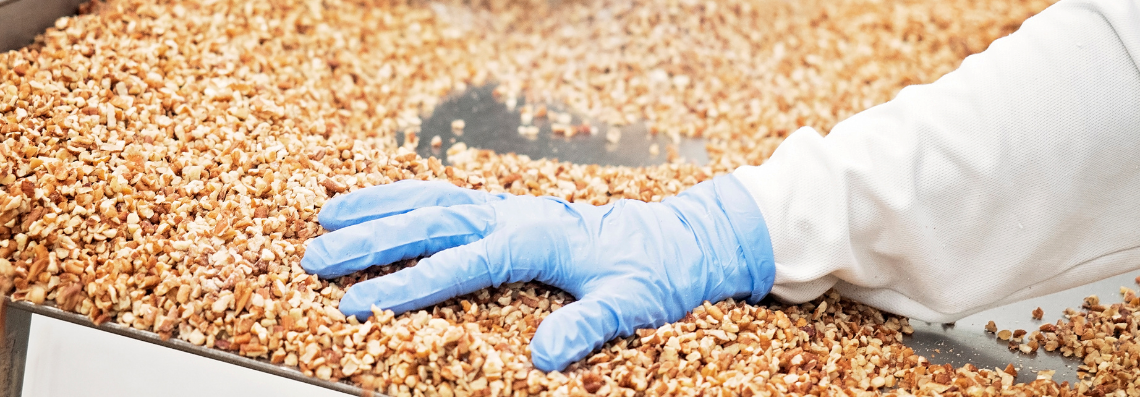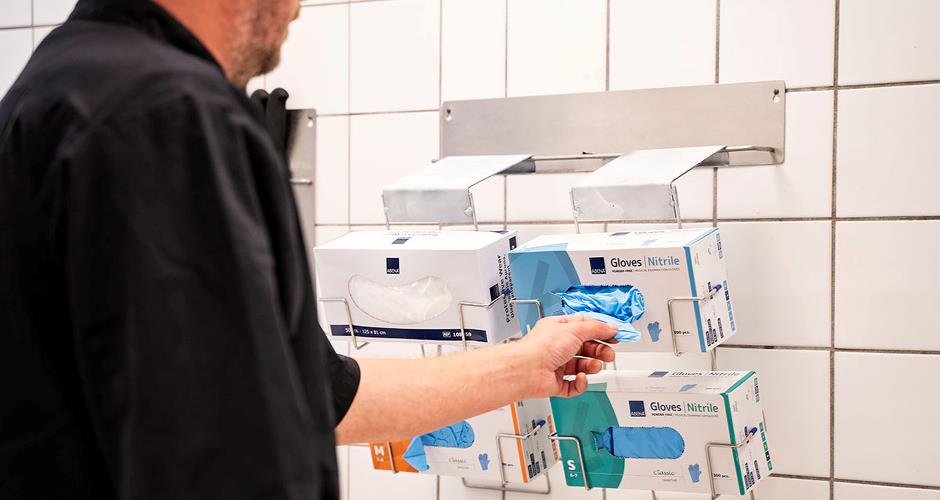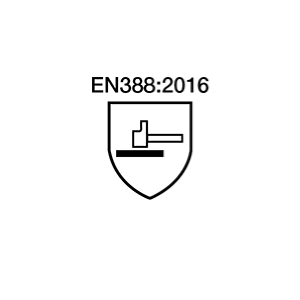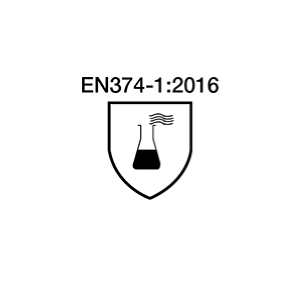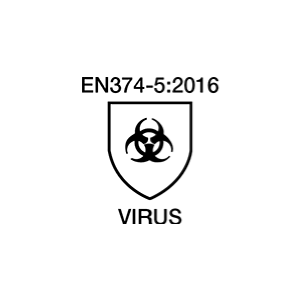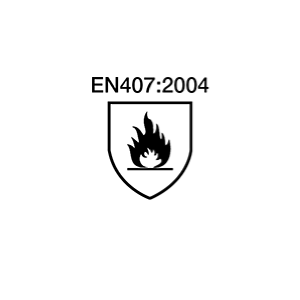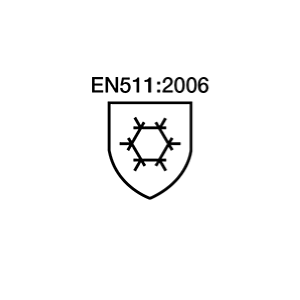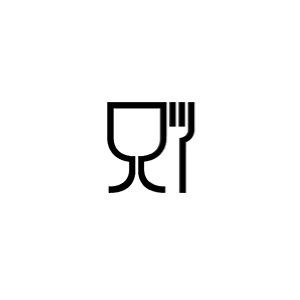How to choose the right glove
To choose the right glove, you will need to know your purpose and specific needs.
At ABENA, we recommend being aware of:
- The materials and fabrics used.
- Contact with chemicals or microorganisms.
- Proper protection against cold/heat, cuts, wear and tear
- Requirements concerning comfort.
- Need for finger feel.
- Need for safe and good grip.
- Need for minimizing vibrations.
- CE-label and other safety approvals.
- The right size.
Choose the right glove for your specific purpose
Handling food requires great attention to safety as well as hygiene. Also, it is essential to have documentation that proves the chosen products fulfill the required standards. Many work situations require gloves in food production – like direct contact with food, frozen goods, etc.
Every case requires gloves with unique properties that must comply with the required standards of safety and hygiene. Evaluate your need within the risk levels I, II, and III or research which EN standards support your glove use.
Assess your needs based on risk levels I, II, and III
EU 2016/425 divides personal protection equipment into three risk levels, including gloves. The higher risk the product is facing, the higher level the product should have.
Level 1
At this level, you will find gloves used for low-risk situations. The manufacturer/importer must guarantee that the gloves fulfill the requirements for protective gloves (EN 420).
EN standards - your tool when choosing gloves
Besides risk levels, I, II, and III, EN standards can also be used when choosing the right glove. The standards are common guidelines within function, safety, and quality. Every EN standard has its specific area to classify gloves and other personal protective equipment.
This means that gloves intended for protection against mechanical risk must be provided with the pictogram EN 388. EN standards are your tool when getting an overview of the product's quality and safety no matter where it is produced.
EN 388:2016 – GLOVES FOR PROTECTION FROM MECHANICAL RISK
This pictogram shows that the glove is certified and approved for protection against mechanical risk.
After a test, the glove is assigned values for the individual risk areas, which indicate the test results for wear, cutting strength, tear strength, and puncture. The values are 1-5 or 1-4, with 4 or 5 as the highest.
The cutting strength will be divided based on how many newtons the glove can withstand. The letters A to F show this strength, where F is the highest (3 kg. +), and A is the lowest (200 to 499 grams).
EN374-1: 2016 consists of different pictograms depending on what the glove is protecting.
Gloves marked with an EN374-1: 2016 symbol show how they handle the chemical impact. According to the chemical list, the symbol shows how many chemicals the gloves have been affected by.
There are three types of certifications within chemicals:
- Type A is tested and certified against six chemicals for a minimum of 30 min.
- Type B is tested and certified against three chemicals for a minimum of 30 min.
- Type C is tested and insured against one chemical for a minimum of 10 min.
EN 374:2019
This standard specifies a test method for the ability of gloves to withstand the penetration of dangerous chemicals by continuous contact.
Here, the test is defined by a change in the material due to contact with a chemical. The result is a change in appearance or consistency, such as swelling, discoloration, hardening, or emollient.
EN 374-5:2016 VIRUS
Protective gloves against dangerous chemicals and micro-organisms - Part 5:
Terminology and performance requirements for micro-organisms risks (ISO 374-5: 2016) EN374-5 is a new test method indicating whether the glove has been tested against bacteria, fungi, and viruses.
If the word virus is not mentioned under the icon, the glove has only been tested against bacteria and fungi. Not against viruses.
EN 407:2004 – GLOVES FOR PROTECTION FROM THERMAL RISK
This pictogram shows that the glove is certified and approved for protection during contact with high heat, such as contact heat, radiant heat, or molten metal.
The pictogram shows the level of protection (1-4) and what the glove protects against (A-F). The higher the number, the better the result.
EN 511:2006 – GLOVES FOR PROTECTION FROM COLD
This pictogram shows that the glove is certified and approved for protection against cold. The level of protection is indicated on the pictogram. The glove must withstand both penetrating cold (convection cold) and contact cold by direct contact. In both cases, the highest level of protection is 4.
It is not a requirement that the glove is tested against water penetration, but when water penetrates, there are two values: 0 and 1. If the water penetrates in less than 30 minutes, the value is 0. If the water penetrates in more than 30 minutes, it is 1. The glove must achieve protection level 1 by EN388, which applies to wear and tear resistance.
We have a lot of products for the food industry. Are you interested in Personal Protection Equipment (PPE)?

